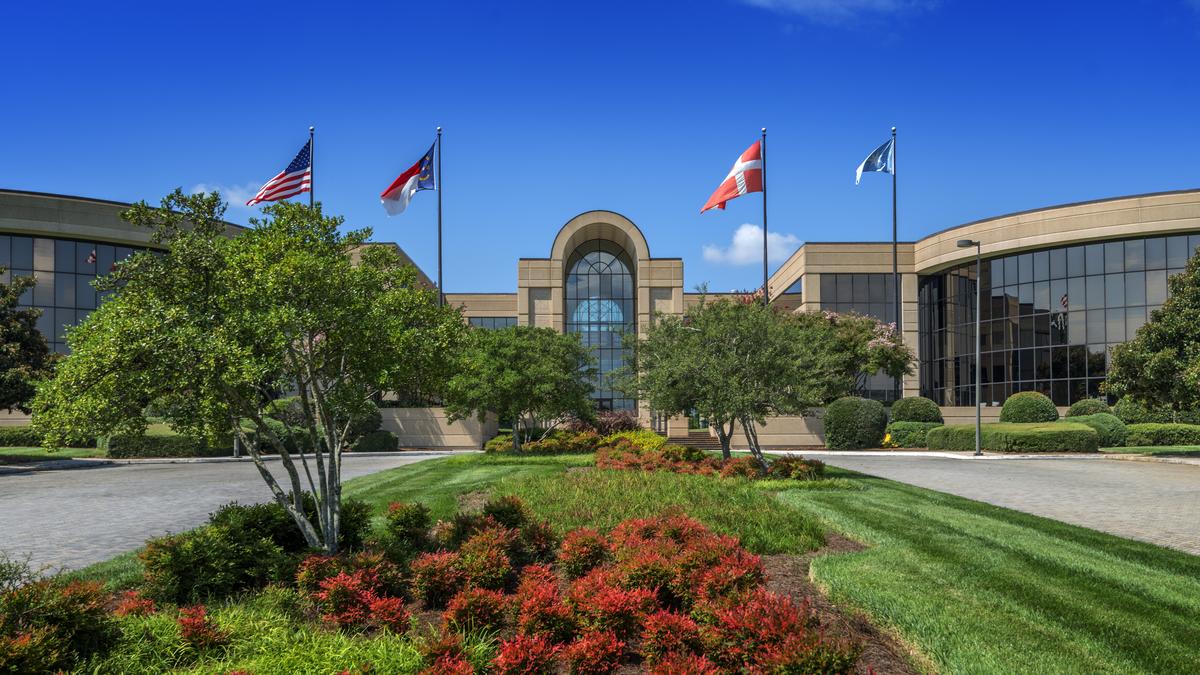The COVID-19 pandemic has created significant challenges in the supply chain not just here in the Charlotte Region but around the world. The pandemic continues to slow and, in some cases, stop the flow of raw materials and finished goods. As a result, manufacturing disruptions have been gravely affected throughout 2020 and 2021.
The Charlotte Regional Business Alliance hosted a panel of experts to examine the disruptions and forecast how the supply chain will react in 2022.
“It is a true global crisis,” Moutaz Khouja, professor of operations management at the University of North Carolina at Charlotte, said. “We have not had a true global crisis in 100 years.”
Khouja said there has been a global effort over the past 40 years to build efficiencies into the supply chain. The pandemic stressed the capacity of the chain to unprecedented levels beyond its design.
“This has significant implications for how you design the supply chain,” Khouja said. “A lot of companies are starting to rethink how they’re sourcing materials as well.”
At Charlotte Pipe and Foundry, the company coped with massive reductions in raw material supplies. At different points over the past 21 months, availability of supplies dropped 40-50%, Bradford Muller, vice president of corporate communications, said.
“Downstream, it disrupted the entire building industry,” Muller said.
Muller said the supply chain crisis shed light on our county’s heavy reliance on global suppliers and exposed vulnerabilities.
“It has become a national and economic security issue,” he said.
Tim Uy, associate director at Moody’s Analytics said there are many links in the supply chain, with bottlenecks at multiple points.
“Trucks moving cargo off of ports, bottlenecks with rail workers, bottlenecks at warehouses where this product will be moving into,” Uy said.
The federal government announced plans to relax regulations, increasing the operation hours of the ports and partnering with the rails to improve flow. Uy believes those changes have already made improvements in the amount of cargo piled up at the ports.
But, the panelists all concede, the continued workforce and labor shortages are contributing to the logjams. An insufficient amount of human capital at any point along the chain can cause slowdowns and stops, they cautioned. Companies will have to find ways to attract and retain talent in a tricky climate.
“Talent nowadays does not want a job, they want a career,” Khouja said.
Increasing productivity will be an important component moving forward, Uy said.
“Automation will increase productivity,” Uy said. “If I can do the task in half the time that I used to take to do them, then I can certainly devote that time to something else.”
Muller remained hopeful that 2022 could show more signs of improvement.
“I do think you’ll start to see things normalize somewhat in 2022, depending on how the latest variants of COVID play out,” Muller said. “These supply chain problems will begin to smooth out. However, we still have 10.5 million job openings that will need to be filled… so, it’s going to be a slow transition.”
Matthew Metzgar, a clinical professor of economics at the University of North Carolina at Charlotte, said he believes each industry will recover at different speeds.
“Some industries weren’t affected that much by COVID and they’re pretty much back to normal,” Metzgar said. “Other industries could be a multi-year process.”
Travel, accommodations and other hard hit industries may not return to pre-pandemic performance until 2025 or later, Metzgar said.



